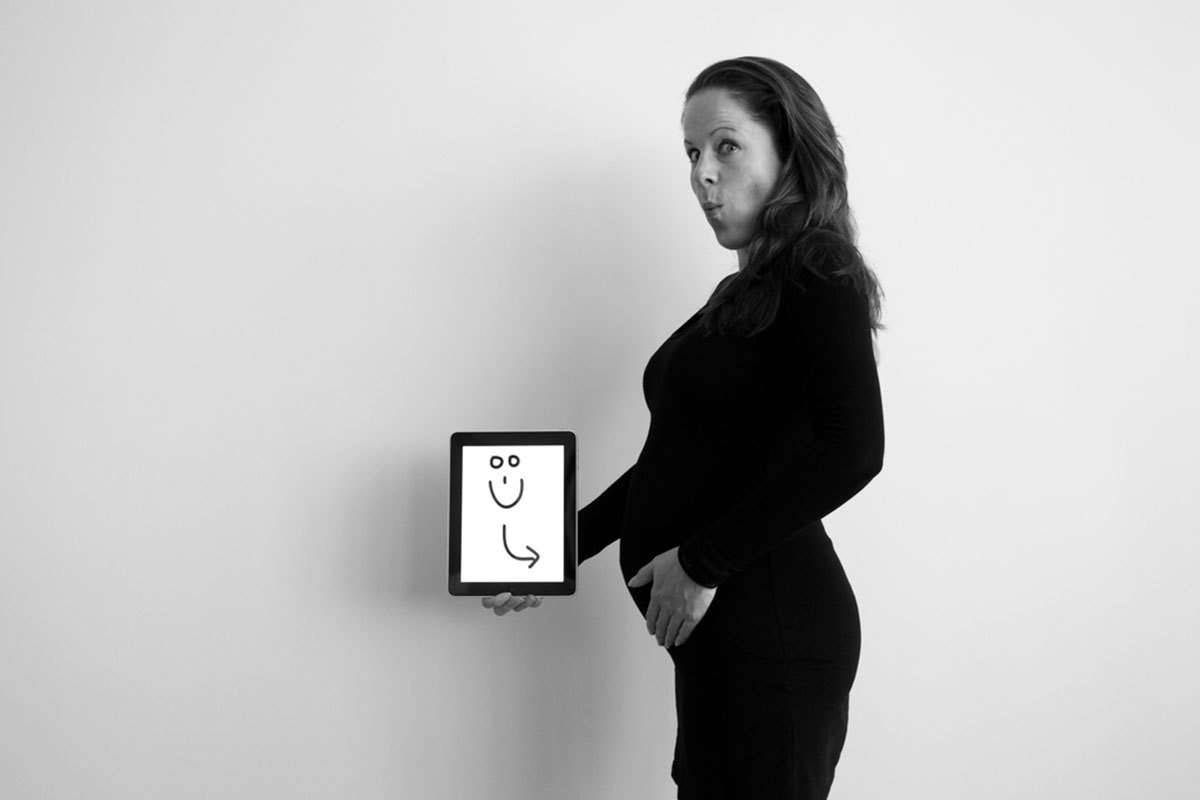Most Americans think nothing of drinking two, three, four, or even five cups of coffee every day. Just in 2015 a US government panel proclaimed that coffee is part of a "healthy lifestyle" and up to five cups a day won't be harmful to health, and may be beneficial. Sure, there are people who need to restrict their coffee consumption due to anxiety disorders, diabetes, or high blood pressure, but tens of millions of Americans, and people in northern Europe and Latin America, regard coffee almost as a health food.
One group, however, probably needs to limit or eliminate coffee consumption. That group is couples, both women and men, who are seeking to have a baby.

Coffee Consumption May Increase the Risk of Miscarriage
A study conducted by the Ohio State University and the National Institutes of Health and published in March 2016 in the medical journal Fertility and Sterility reports a worrisome link between coffee consumption and miscarriage.
Scientists at Ohio State University recruited 501 couples seeking to have children between 2005 and 2009. Both partners were asked to record their daily use of coffee and other caffeinated drinks, cigarettes, alcohol, and multivitamins during pre-conception and early pregnancy. They were asked to use ovulation detection kits and digital pregnancy detectors to confirm that they both became and stayed pregnant. Since miscarriage in the first month of pregnancy can be difficult to detect, even by the mother, conversion of a positive pregnancy test to a negative pregnancy test, onset of ovulation or menstruation, and clinical findings at the doctor's office were all counted as pregnancy losses.
The study found that couples who drank more than two caffeinated beverages per day during the weeks before conception had a higher risk that the mother would miscarry. That finding applied not just to women but also to men in the couples who were trying to conceive.
The study did not just find that the behavior of the male matters, too. With regard to caffeine consumption, the study found that the behavior of the father was equally important as the behavior of the mother in the weeks leading up to conception.
READ Pregnancy after Miscarriage: Tips to Conceive after Miscarriage
It's relatively well established that caffeine consumption affects sperm quality. A study of 2,554 young men in Denmark, published in 2010 in the American Journal of Epidemiology, reported that those who consumed more that 14 half-liters of soda per week or 800 mg of caffeine per day (equivalent to eight cups of coffee per day, or three or four energy drinks) had reduced sperm concentration and sperm count. In the Ohio State study, about 1/3 of the women who drank more than two cups of coffee per day, or the equivalent, suffered at least one miscarriage.
The study also found that couples who lost babies also tended to be on the older side, 35 or older. It could be that caffeine has a greater effect on aging sperm and aging eggs that somehow leads to miscarriage. Or it could be that caffeine energizes sperm that otherwise would not be strong swimmers and would have never reached the egg. On the plus side, mothers to be who took a daily multivitamin were less likely to experience miscarriage.
More Sex, Even On "Off" Days, Increases Chances Of Pregnancy
Most of the miscarriages in this study occurred so soon that couples would not have even known they were pregnant if they had not been using pregnancy detection devices. Cutting way back on caffeine reduces the risk of miscarriage, but what can couples do to increase their chances of getting pregnant? The answer, not entirely intuitively, is to have more sex.
There is a very basic reason that "more sex" isn't usually a ticket for having more pregnancies. Women are only pregnant for 12 to 36 hours during the monthly periods. The fallopian tubes release an egg (or sometimes multiple eggs) after ovulation, and the egg has to be fertilized right away or it deteriorates. It isn't enough to have sex right at the moment the egg leaves the fallopian tube. Sperm have to be on their way shortly before ovulation. It can take several days for sperm to swim through cervical fluids into the uterus, and the consistency of cervical fluid has an influence on how fast the sperm arrive. Some sperm are better swimmers than others, and only one sperm fertilizes the egg, but if timing is a little off, then the woman is not fertile again until a similar point in her next menstrual cycle. Sex on other days shouldn't "count," except that recent research indicates that it does.

Dr. Tierney Lorenz, a visiting research scientist at the Kinsey Institute at Indiana University, notes that women who have more sex are more likely to get pregnant, even when they are having sex on days that they are not fertile. Why should this be? Dr. Lorenz and her colleagues believe that it has to do with the immune system. In a study of 32 women, Dr. Lorenz and her colleagues found that sexual activity changes the way a woman's body produces helper T cells.
These specialized white blood cells fight infection, but not all helper T cells fight infection in the same way. There are type 1 and type 2 helper T cells. The different kinds of helper T cells release different kinds of interleukins in response to microbes that enter the human body. Type 1 helper T cells attack bacteria. Type 2 helper T cells attack parasites.
READ Miscarriage Signs, Symptoms and Treatment in Early Pregnancy
When women have more sex, their bodies make more type 1 helper T cells. Their bodies are more attuned to fighting infections of a sort that are more likely to cause problems during pregnancy. When women have less sex, their bodies make more type 2 helper T cells. Their bodies are attuned to fighting microorganisms, perhaps even including the embryo, than fighting bacteria infections. Having more sex prepares the uterus to fight infections but to welcome the embryo.
A woman's body has to defend itself against infection but welcome sperm and the fertilized egg. The more sex a woman has, the more ready she will be for pregnancy.
- Lorenz TK et al. Link among inflammation, sexual activity and ovulation.Evol Med Public Health. 2015 December 16. 304- 324.
- Photo courtesy of thms: www.flickr.com/photos/thms/5271117702/
- Photo courtesy of wiredwitch: www.flickr.com/photos/wiredwitch/3524580279/
- Photo courtesy of thms: www.flickr.com/photos/thms/5271117702/


Your thoughts on this